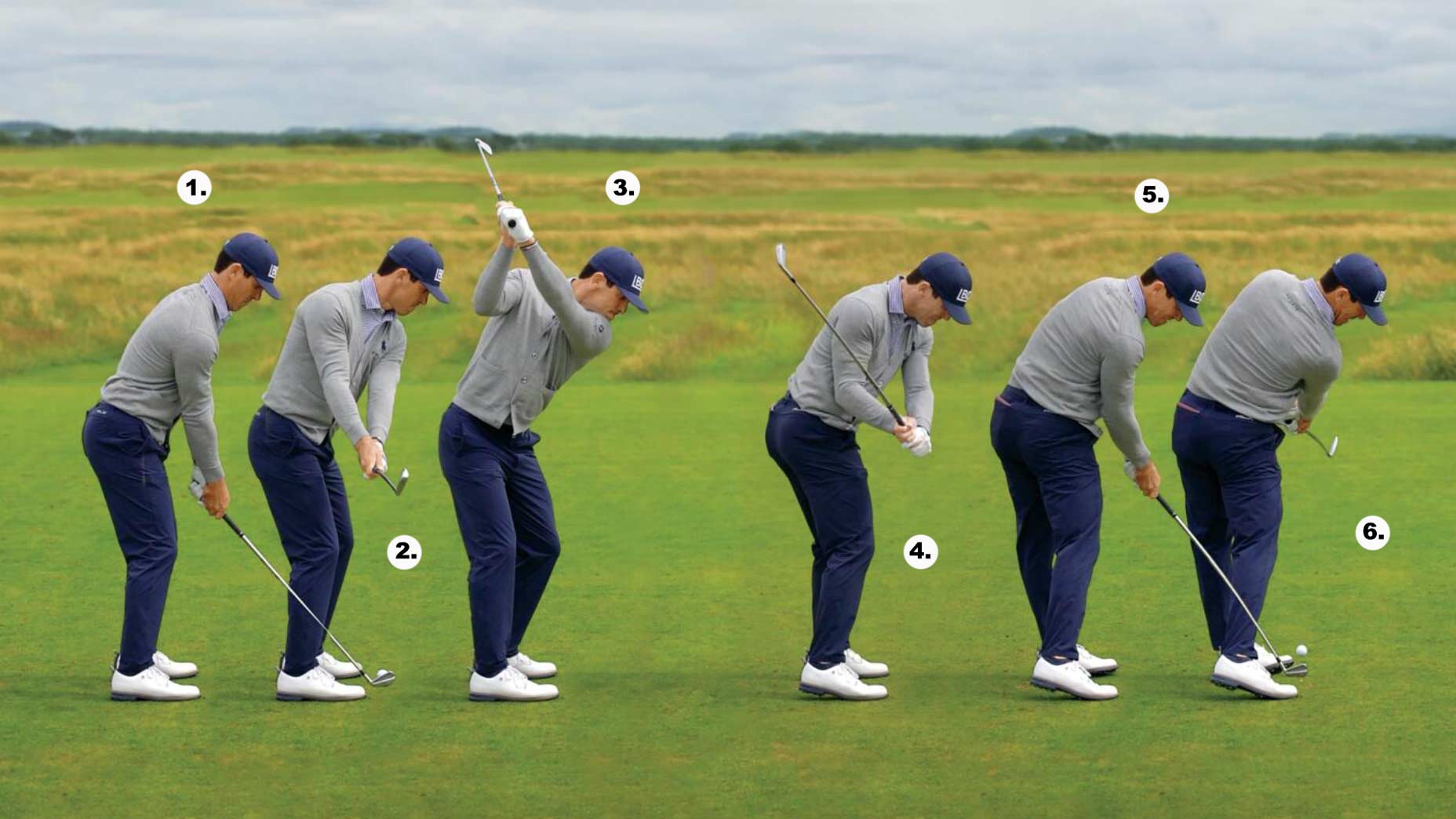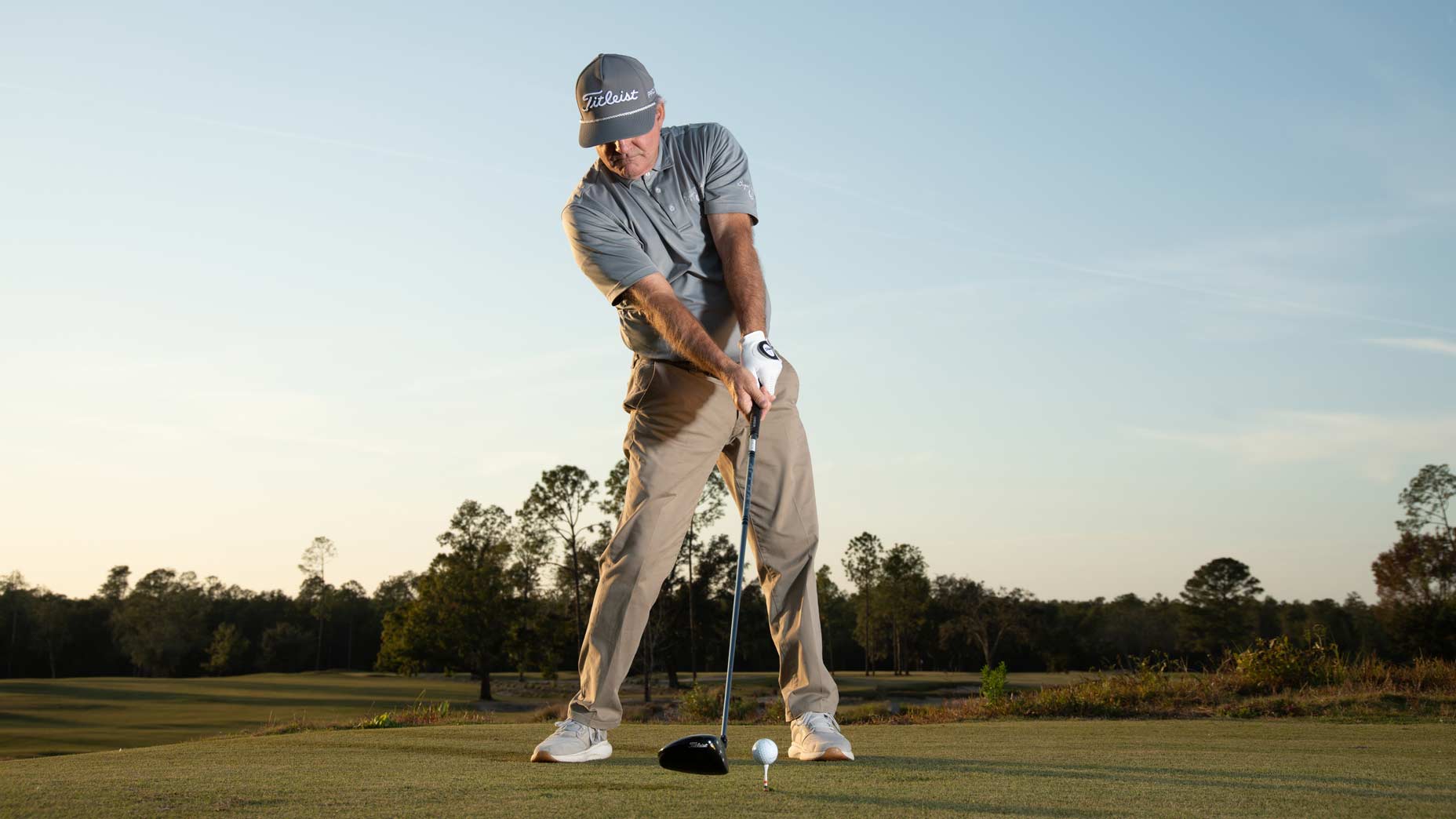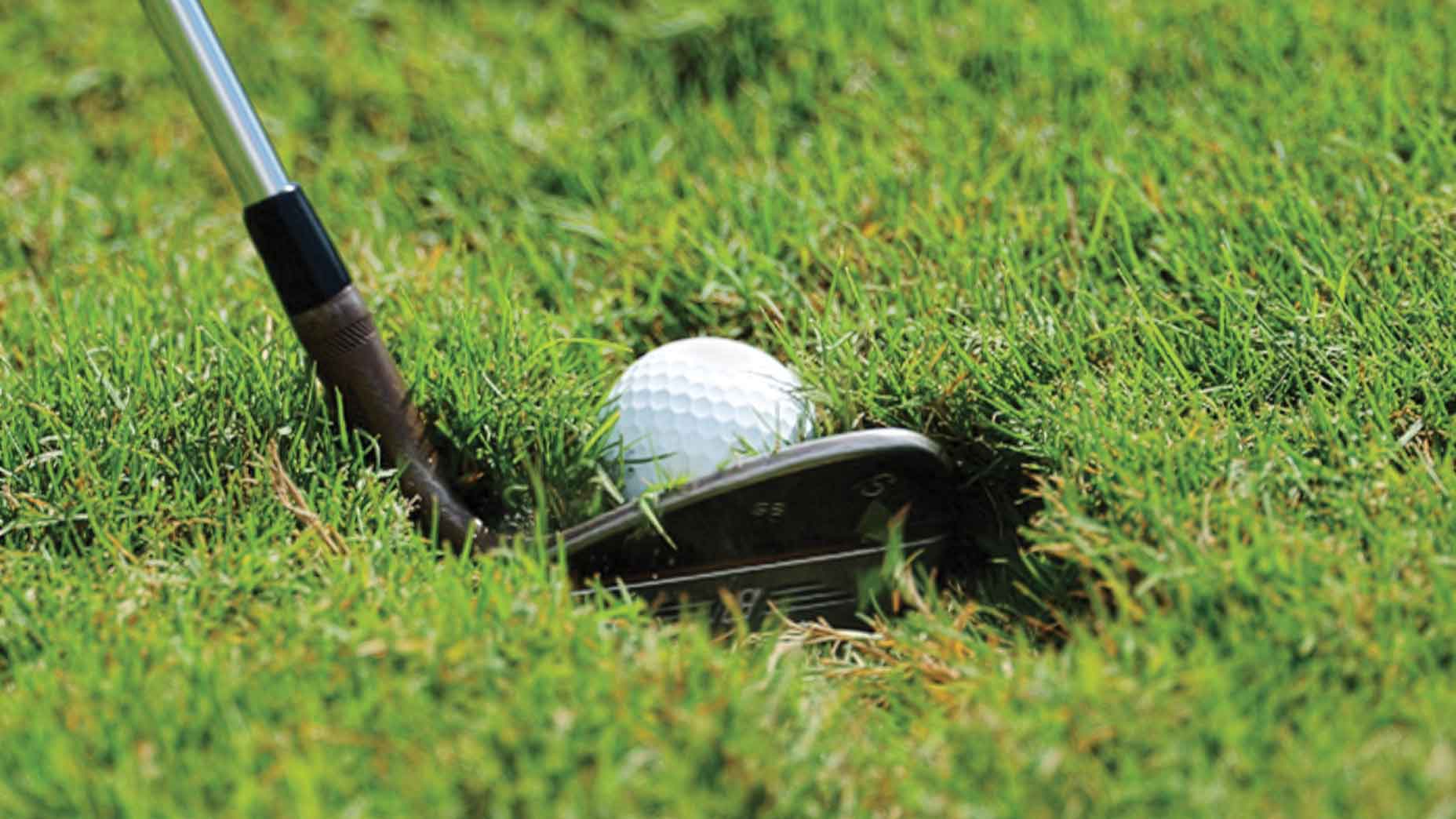Welcome to Play Smart, a regular GOLF.com game-improvement column that will help you play smarter, better golf.
Next time you have a long lag putt or are trying to navigate your distance control on the greens, ask yourself a simple question: Where will the ball be rolling one second after impact?
Using this prompt will help you identify a time-spot on the green.
Sure, green speeds and severity of slope will impact your pace predictions, but here’s a general rule of thumb for you to dial in your distance control.
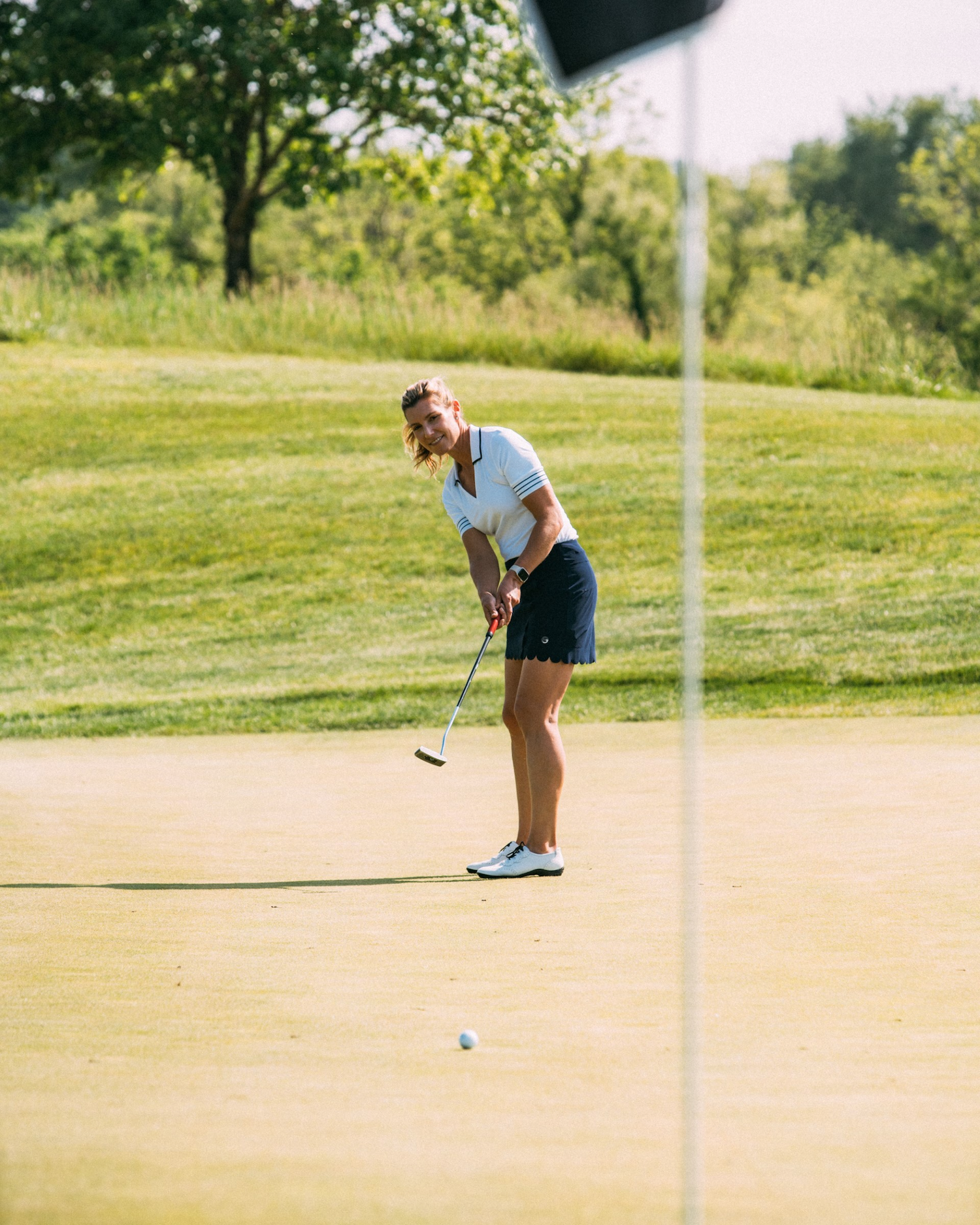
1. Level putts
The ball will be at 40-60% on the way to the hole within one second of impact.

2. Uphill putts
The ball will need to travel farther (and faster), meaning it will be about 60-90% on the way to the hole within one second of impact.
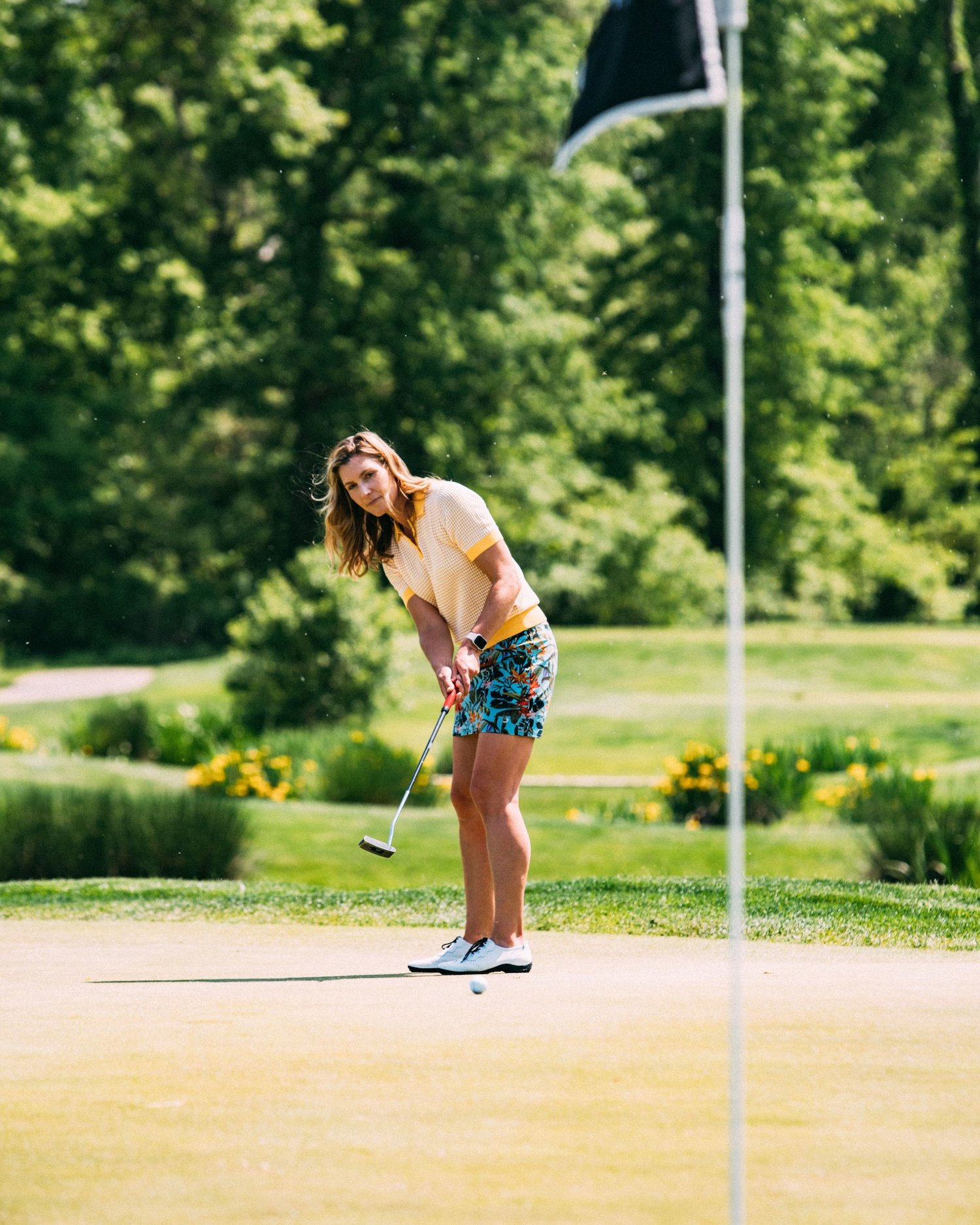
3. Downhill putts
For downhill putts, the ball will need to travel a shorter distance, so it will only be 10-30% in one second following impact.
Most golfers only visualize the line; but don’t forget the pace!
I always suggest playing “the movie” out in your mind in real time. If you visualize it rolling too slowly, the ball will logically never make it to the hole. If you visualize it covering too much ground too quickly, the ball will likely scream past the hole.
So what, then, is the proper distance control?
Forcing your brain to simulate and visualize the starting pace of the putt is key. First dial this aspect in, then take some practice swings to get the feel you need to put the putt close. You should begin to feel what energy you need to use in order to get the ball to its “one second” mark on-time.
I promise you already know how to predict pace — it’s instinctive.
15 must-have golf tips from our newest Top 100 TeachersBy: Nick Dimengo
For example, if I stood three feet away from you and asked you to throw me a ball, you wouldn’t wind up like a pitcher and throw it at max speed at my head. You would probably toss it underhand, or at least soft enough where it decelerates as it arrives to me.
Since your brain understands how to read the length and trajectory or time of an implied action — say, the energy necessary for a downhill putt that’s five-feet away — it will create a plan to complete the task efficiently. So let your subconscious human skills help you predict and visualize the speed; then trust it!
Make sure to use this “one-second rule” to dial in your distance control on the greens. You should see improved play and lower scores!






